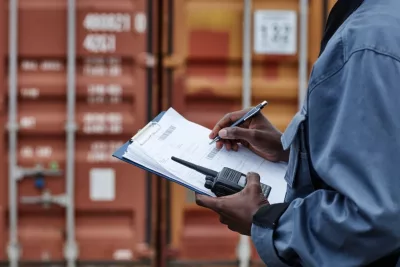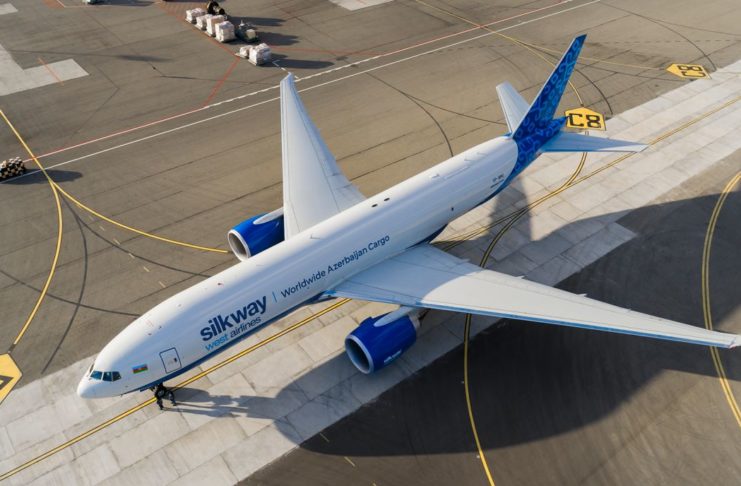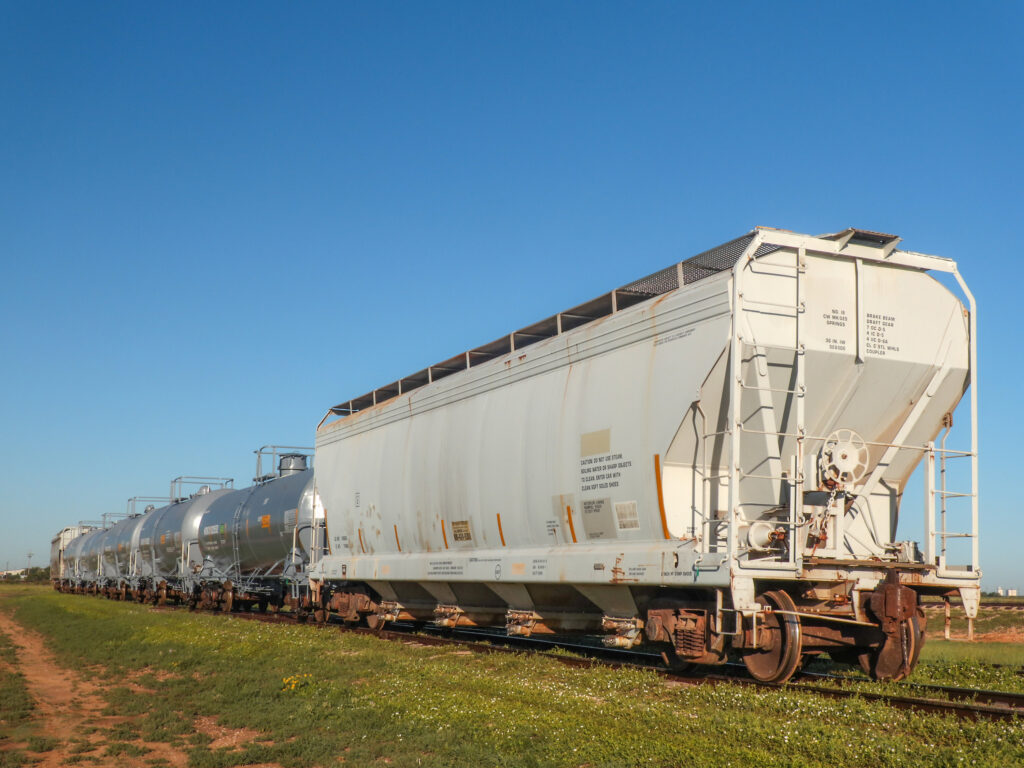- By Della tj
- October 28, 2025
- Rail Freight, Shipping, Special Price
The cheap rail freight from Shenzhen to Australia route has become increasingly popular among businesses looking to cut shipping costs while maintaining reliability. Although Australia is an island nation, combined rail-sea solutions now make this option feasible, offering a balance between speed and cost that appeals to importers and exporters alike.
Why Choose Rail Freight from Shenzhen to Australia?
Rail freight offers a cost-effective and eco-friendly alternative to air transport. While goods cannot travel directly by rail to Australia, logistics companies efficiently combine rail transport from Shenzhen to ports like Shanghai or Ningbo, followed by sea or air connections to Australia.
This multimodal solution significantly reduces overall shipping expenses, especially for heavy or bulk cargo. Moreover, Shenzhen’s advanced railway infrastructure and seamless customs processes ensure smooth coordination across borders.
How Long Does Rail Freight from Shenzhen to Australia Take?
Transit time for this combined route depends on distance, transfer points, and customs procedures. The following table summarizes average transit times based on major Australian destinations.
| Destination | Route Type | Estimated Transit Time | Connection Mode |
|---|---|---|---|
| Sydney | Rail + Sea | 18–22 days | Via Shanghai |
| Melbourne | Rail + Sea | 20–25 days | Via Ningbo Port |
| Brisbane | Rail + Sea | 22–27 days | Via Qingdao |
| Perth | Rail + Sea | 21–24 days | Via Shenzhen Port |
Additionally, using express rail services can reduce handling time before port transfer, thereby ensuring quicker delivery schedules.
Average Cost of Cheap Rail Freight
Rail freight pricing remains significantly lower than air shipping while offering faster transit than traditional sea freight. Below is a cost comparison between transport modes.
| Shipping Mode | Average Cost (USD/kg) | Delivery Time | Suitable Cargo Type |
|---|---|---|---|
| Air Freight | 5.5–8.0 | 3–6 days | Urgent goods, electronics |
| Rail Freight | 2.0–3.5 | 18–25 days | Industrial goods, clothing |
| Sea Freight | 1.0–2.0 | 25–35 days | Heavy and bulk items |
Therefore, cheap rail freight from Shenzhen to Australia strikes an ideal balance for companies that value speed and affordability.
Real Case Studies
🚗 Case 1: Automotive Parts to Melbourne
Cargo: 8 pallets (1,000 kg) of brake components
Mode: Rail + Sea Freight
Cost: USD 2,600
Duration: 21 days
Notes: Shipped via Ningbo Port with smooth customs clearance
📱 Case 2: Consumer Electronics to Sydney
Cargo: 600 kg electronics
Mode: Rail to Shanghai + Air to Sydney
Cost: USD 3,900
Duration: 10 days
Notes: Combined transport reduced total cost by 30%
Required Customs Documents for Rail Freight
To ensure hassle-free transportation, importers and exporters must prepare accurate customs documentation. Below is a standard checklist.
| Document Type | Purpose |
|---|---|
| Commercial Invoice | Declares goods’ value and description |
| Packing List | Details package dimensions and weight |
| Bill of Lading (B/L) | Proof of shipment and transport contract |
| Certificate of Origin | Indicates where goods were manufactured |
| Import/Export License | Required for regulated goods |
| Insurance Policy | Protects cargo against loss or damage |
Moreover, ensuring document consistency between China and Australia customs reduces delays and potential penalties.

Advantages and Disadvantages of Rail Freight
| Factor | Advantages | Disadvantages |
|---|---|---|
| Cost | Lower than air freight | Slightly higher than sea freight |
| Speed | Faster than sea | Slower than air |
| Environmental Impact | More eco-friendly | Limited route flexibility |
| Cargo Handling | Fewer transfers | Requires multimodal logistics |
| Reliability | Stable schedules | Weather and port delays possible |
On the other hand, sea freight may still be better suited for extremely heavy cargo, while air freight works best for urgent shipments.
How to Calculate Rail Freight Charges
Rail freight is billed based on weight or volume, whichever is greater.
Formula:
Volumetric Weight (kg) = (Length × Width × Height in cm) / 6000
Example:
A crate measuring 120 × 100 × 80 cm weighs 140 kg.
Volumetric weight = (120 × 100 × 80) / 6000 = 160 kg.
Therefore, the chargeable weight is 160 kg.
In addition, factors like fuel surcharges, route distance, and container size can influence the total cost.
How to Book Cheap Rail Freight from Shenzhen to Australia
Booking rail freight is straightforward when managed by an experienced logistics partner. Follow these essential steps:
- Request a Quote: Provide cargo weight, dimensions, and delivery address.
- Compare Options: Evaluate rates and transit times across carriers.
- Confirm Booking: Reserve space for your cargo on the next available train.
- Prepare Documentation: Double-check all customs forms before shipping.
- Track Shipment: Use online tools for real-time visibility of your cargo.
Furthermore, reliable freight forwarders coordinate every segment of the multimodal journey, ensuring goods arrive safely and efficiently.
Conclusion
To summarize, cheap rail freight from Shenzhen to Australia offers a perfect blend of affordability, dependability, and environmental sustainability. By combining efficient rail transport within China and sea or air connections to Australia, businesses enjoy reduced costs and reliable delivery times.
Without a doubt, this multimodal option is an excellent alternative for companies seeking to optimize their international logistics strategy. Partnering with an experienced freight forwarder ensures smooth coordination, timely arrivals, and cost-effective transport for every shipment.
- Consult TJ China Freight Forwarding for the lowest quote. They will provide you with reliable, cost-effective service.
FAQ:
Q1.How much does cheap rail freight from Shenzhen to Australia cost?
It usually costs USD 2–3.5 per kg, depending on shipment volume, route combination, and delivery speed requested.
Q2.What is the average transit time for rail freight shipments?
Average transit time ranges from 18 to 25 days, depending on the connection port and Australian destination city.
Q3.Can small businesses use rail freight services for exports?
Yes, consolidated shipments allow small businesses to ship small loads affordably using shared rail and sea transport.
Q4.What goods are best suited for rail freight transport?
Industrial parts, apparel, machinery, and electronics are ideal for rail freight due to balanced cost and delivery time.
Q5.Are customs procedures complex for multimodal freight?
No, experienced freight forwarders manage all customs documentation, ensuring compliance and minimizing clearance delays efficiently.




